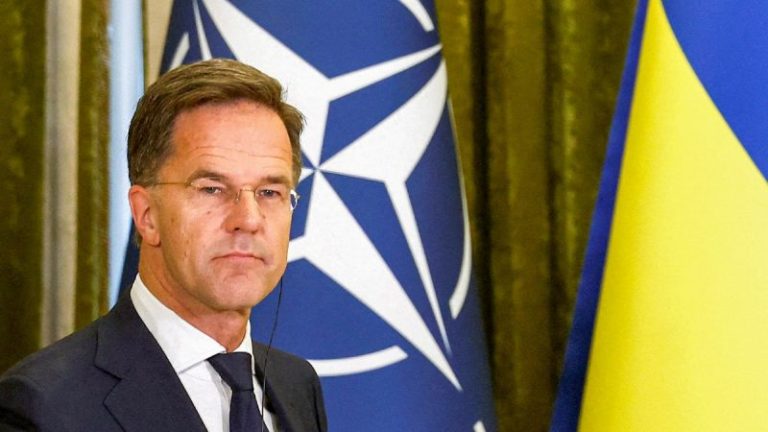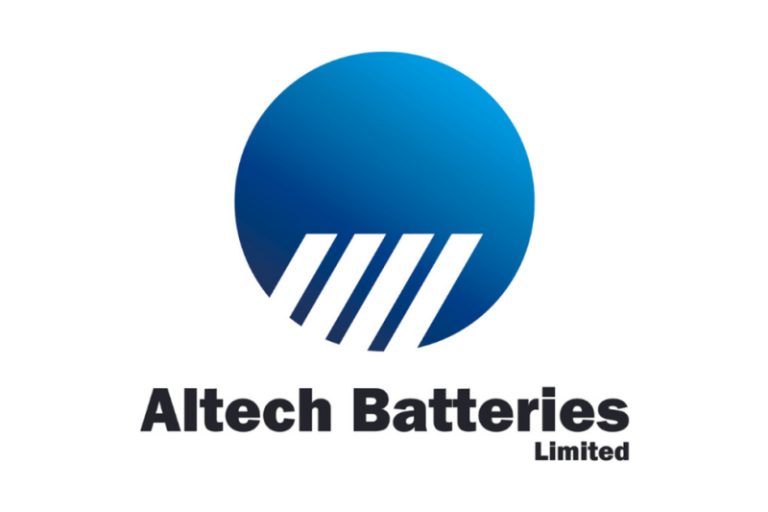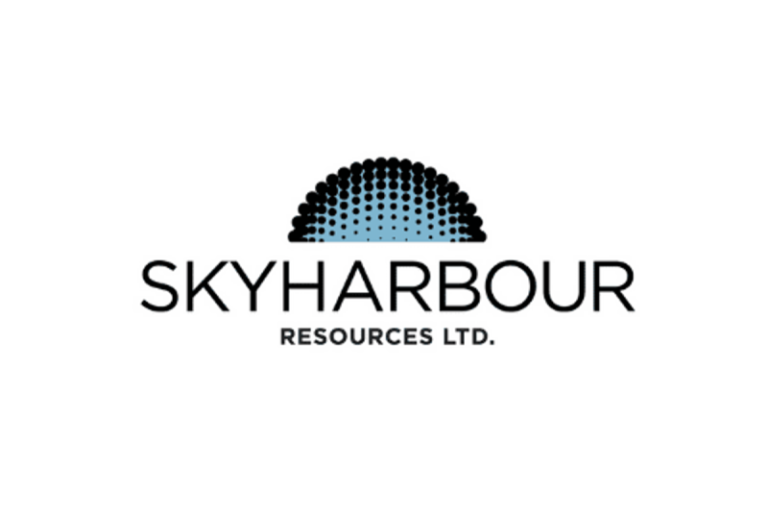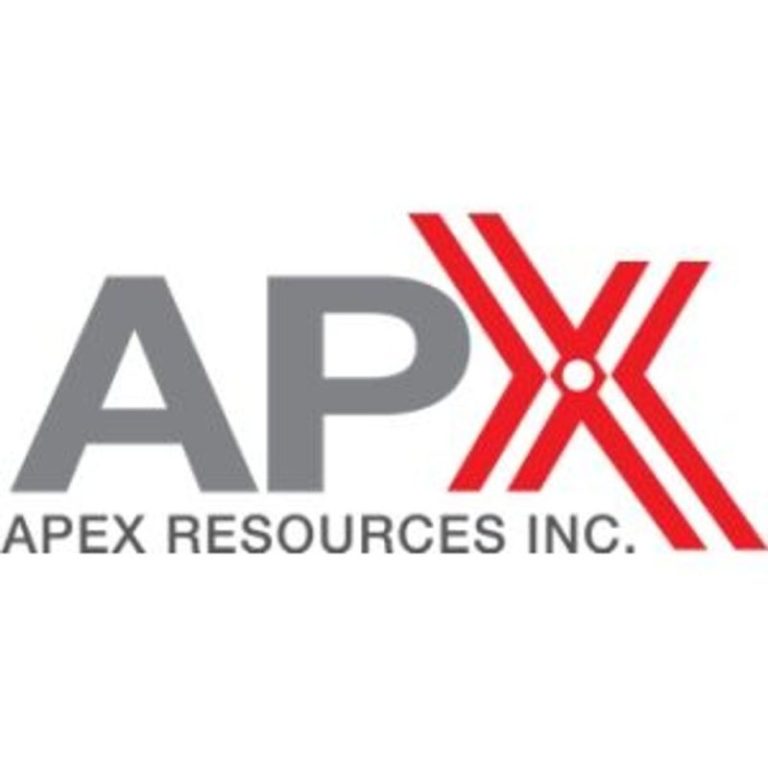Perth, Australia (ABN Newswire) – Altech Batteries Limited (ASX:ATC,OTC:ALTHF) (FRA:A3Y) (OTCMKTS:ALTHF) pleased to announce its immediate entry into the sodium nickel chloride (SNC) (or previously referred as sodium alumina solid state (SAS)), battery market in Australia, Europe and United States of America through a strategic collaboration and distribution agreement with the current largest SNC battery manufacturer AMPower, a subsidiary of the Chilwee Group.
Highlights
– Altech signs collaboration agreement with AMPower for early market entry into Europe, Australia and the USA
– AMPower presently produces conventional zebra design sodium nickel chloride batteries for Uninterrupted Power Supply (UPS) and are developing BESS and traction batteries
– Altech’s CERENERGY(R) batteries use the same sodium nickel chloride chemistry, but are especially designed for high performance energy storage systems (ESS)
– Altech and AMPower will cooperate on sodium nickel BESS development. Each partner will have the authority to distribute the co-developed BESS under its own brand
– AMPower will manufacture energy storage packs in accordance with Altech specifications and supervision under Altech branding and distribution
– Altech gains immediate market entry and presence for sodium nickel chloride batteries to establish its energy storage battery market especially in Europe and Australia
– CERENERGY(R) cell technology I/P will not be shared with AMPower
– Altech’s CERENERGY(R) 120 MWh battery project development in Germany remains on track
– Preliminary funding approval from the German Government for 46.7 million Euro having been received
Chilwee is the third largest e-mobility battery manufacturer in China, with an annual turnover of US$20 billion, 23,000 employees, and production capabilities spanning lead-acid, lithium-ion, sodium-ion, and next-generation battery technologies. AMPower currently manufactures conventional Zebra-type sodium nickel chloride (Na/NiCl2) solid-state batteries-using the same chemistry as CERENERGY(R)-but mainly for the small Uninterrupted Power Supply (UPS) industrial market. AMPower was originally established as a joint venture with General Electric to produce sodium nickel chloride UPS batteries under the Durathon brand.
In the initial phase, AMPower will produce sodium nickel chloride solid state UPS batteries for Altech which will be under Altech brand, supervision and specification for distribution across Australia, Europe, and the USA. This strategy provides a faster pathway to cash flow for Altech.
This will strengthen the market presence and branding of Altech while the company advances and secures funding for its CERENERGY(R) 120 MWh energy storage project in Germany.
Several battery models that will be offered by Altech immediately are shown above. These sodium nickel chloride UPS batteries are completely fireproof, featured long cycle life, and operate reliably in both extreme heat and cold. A key advantage of these sodium nickel chloride UPS batteries is their capacity to stay fully charged, idle, and instantly ready for discharge for more than 10 years-without the need for regular maintenance or the frequent replacements required by leadacid, lithium-ion or Ni-Cad batteries. These UPS batteries also serve a unique niche in explosion-proof environments or locations where lithium-ion batteries are restricted or banned. To capture this market, Altech has recruited a team of experienced marketing professionals to drive the sales process.
ESS Batteries
In the second phase, AMPower, with its available production capacity, intends to manufacture sodium nickel chloride batteries for the household, industrial, and grid-scale energy storage markets.
AMPower currently has a production capacity of approximately 100 MWh per annum, with the ability to scale up to 200 MWh per annum. Altech and AMPower will cooperate on small and medium size sodium nickel BESS development. Each partner will have the authority to distribute the codeveloped BESS under its own brand. AMPower will produce sodium nickel chloride BESS for Altech, under Altech brand and sales managed by Altech in the three key markets Europe, Australia and the USA. This arrangement will generate additional cash flow over and above the UPS sales, while building product credibility and brand recognition, paving the way for the CERENERGY(R) 120 MWh large scale industrial energy storage project in Germany.
This collaboration fast-tracks the commercialisation of Altech’s sodium nickel chloride (Na/NiCl2) solid-state battery technology, enabling immediate production of Altech-branded battery packs to meet growing customer demand, reinforced by strong interest from existing offtake partners. Crucially, the arrangement excludes any transfer or sharing of Altech’s proprietary IKTS CERENERGY(R) battery cell technology with AMPower, ensuring complete protection of Altech’s intellectual property. And vice versa, AMPower will not transfer or share AMPowers Durathon(R) battery cell technology with Altech, ensuring complete protection of the intellectual property of GE and Chilwee.
Under the agreement, AMPower will manufacture the battery cells, integrate the battery management and thermal systems, and assemble the grid-ready battery packs. AMPower will also provide customers with the required warranties and performance guarantees for the grid systems. Altech will define the technical specifications and operational modes tailored to a range of energy storage and BESS applications, while overseeing production, branding, regional certifications, marketing, and distribution across Europe, the United States, and Australia. All products produced by AMPower on requirements of Altech will be marketed under the Altech brand and interface, and will comply with international battery standards. This collaboration positions Altech to fast-track its entry into the grid battery market and establish an immediate commercial presence across its key regions.
BENEFITS FOR AMPOWER
AMPower’s current facility is operating at an annual production rate of approximately 100 MWh, primarily supplying the small-scale UPS commercial market with 20-30 kWh battery units. The company has the ability to scale production to 200 MWh per annum with minimal additional capital investment. By supplying Altech’s grid-scale battery packs, AMPower will be able to substantially increase its individual cell production volumes, unlocking greater economies of scale and reducing overall unit costs. Altech will provide the sales expansion needed to drive this market entry and support the ramp-up of AMPower’s operations.
BENEFITS FOR ALTECH
Altech’s new go-to-market strategy is designed to accelerate commercial progress and operational readiness while delivering early financial returns. By launching UPS and grid-scale battery packs ahead of commissioning its CERENERGY(R) plant in Germany, Altech will establish a steady revenue stream to offset operational costs and reduce reliance on external funding during the transition to full-scale production. Early market entry enables Altech to build a customer base across key regions-including Australia, Europe, and the United States-while strengthening brand recognition and market credibility.
This first-mover advantage also mitigates risks from competing battery technologies, as Altech’s sodium nickel chloride (Na/NiCl2) batteries gain real-world application experience ahead of rivals.
The collaboration further provides Altech with direct exposure to battery production and systems integration, offering hands-on experience in areas such as BESS assembly, energy management systems, and system thermal control. These practical insights will support the refinement and optimisation of Altech’s CERENERGY(R) battery packs.
SAME CHEMISTRY – ORIGINAL TECHNOLOGY
ZEBRA cells originally designed in the early 90s employ the same sodium nickel chloride (Na/NiCl) cell chemistry that forms the basis of Altech’s CERENERGY(R) technology, however with an entirely different geometry and use profile. This proven chemistry is inherently non-flammable, highly tolerant of extreme temperatures, and delivers long cycle life with stable performance. ZEBRA batteries are particularly well suited for UPS systems and smaller energy storage applications.
CERENERGY(R) represents the next generation of sodium nickel chloride technology, featuring an advanced tubular design that enhances thermal management, improves electrochemical efficiency, and delivers higher energy density beside simplifying the manufacturing process whilst increasing quality, reliability and performance. Its simplified architecture reduces inactive material, substantially lowers system costs, and increases reliability-making it a scalable and robust solution for grid – scale stationary energy storage. Notably, the new cell design delivers a 2.6-fold increase in capacity, rising from 38 Ah to 100 Ah, marking a significant leap in performance. In addition CERENERGY(R) feature a number of other improvements in terms of material composition, electrode design and composition, which are part of the confidential IP and shall not be publicised.
Importantly, the cooperation with AMPower ZEBRA UPS batteries followed by small and medium size energy storage systems with the branding of Altech helps build market acceptance of sodium nickel chloride technology while fully complementing, rather than competing with, the development of the CERENERGY(R) grid scale battery storage production project in Germany.
Altech Group Managing Director Iggy Tan said:
‘Altech is experiencing exceptional interest in our sodium nickel chloride solid-state battery technology, especially from customers seeking safer, more reliable alternatives to lithium-ion. These batteries are inherently fireproof, perform reliably in extreme temperatures, and offer strong environmental credentials – making them an ideal fit for the needs of the stationary energy storage market. Growing concerns over battery fire risks, particularly in data centres and AI facilities, are further accelerating demand. Our collaboration with AMPower enables immediate production, and our offtake customers are eager to secure supply. With special focus on UPS as well as small and medium size energy storage this early market entry strategy is augmenting and not competing with the large scale grid energy storage Cerenergy Battery strategy. By moving quickly to meet this demand, Altech is positioning itself as a leader in what we see as the next major wave in battery storage innovation.’
To view details of the Agreement, please visit:
https://abnnewswire.net/lnk/PEUQAPMZ
About Altech Batteries Ltd:
Altech Batteries Limited (ASX:ATC,OTC:ALTHF) (FRA:A3Y) is a specialty battery technology company that has a joint venture agreement with world leading German battery institute Fraunhofer IKTS (‘Fraunhofer’) to commercialise the revolutionary CERENERGY(R) Sodium Alumina Solid State (SAS) Battery. CERENERGY(R) batteries are the game-changing alternative to lithium-ion batteries. CERENERGY(R) batteries are fire and explosion-proof; have a life span of more than 15 years and operate in extreme cold and desert climates. The battery technology uses table salt and is lithium-free; cobalt-free; graphite-free; and copper-free, eliminating exposure to critical metal price rises and supply chain concerns.
The joint venture is commercialising its CERENERGY(R) battery, with plans to construct a 100MWh production facility on Altech’s land in Saxony, Germany. The facility intends to produce CERENERGY(R) battery modules to provide grid storage solutions to the market.
Source:
Altech Batteries Ltd
Contact:
Corporate
Iggy Tan
Managing Director
Altech Batteries Limited
Tel: +61-8-6168-1555
Email: info@altechgroup.com
Martin Stein
Chief Financial Officer
Altech Batteries Limited
Tel: +61-8-6168-1555
Email: info@altechgroup.com










